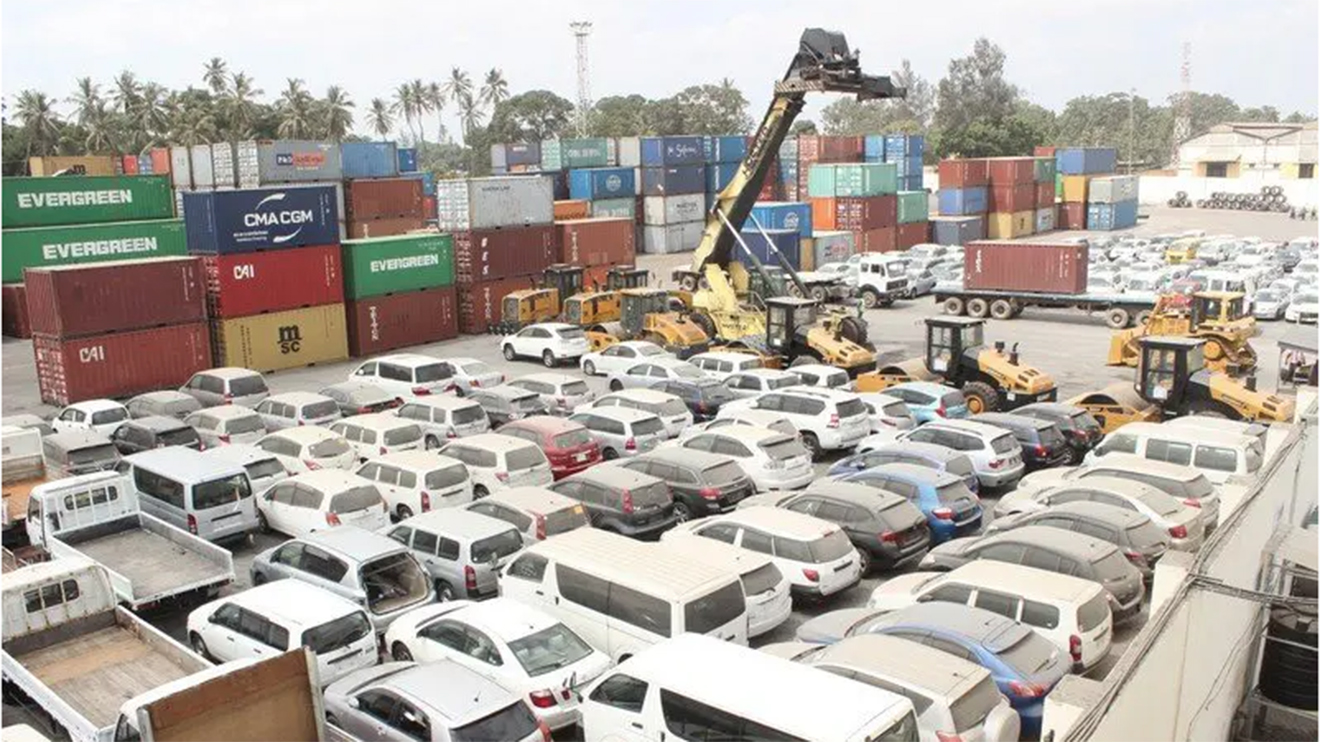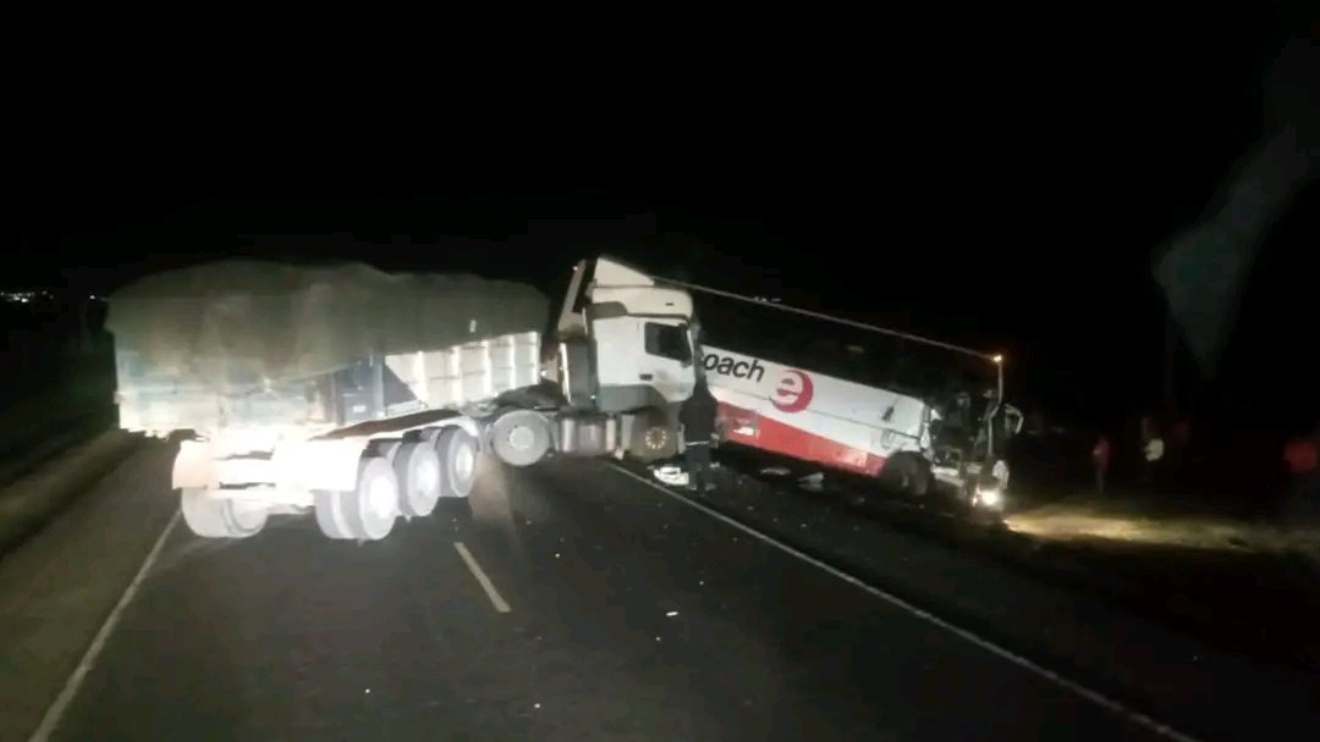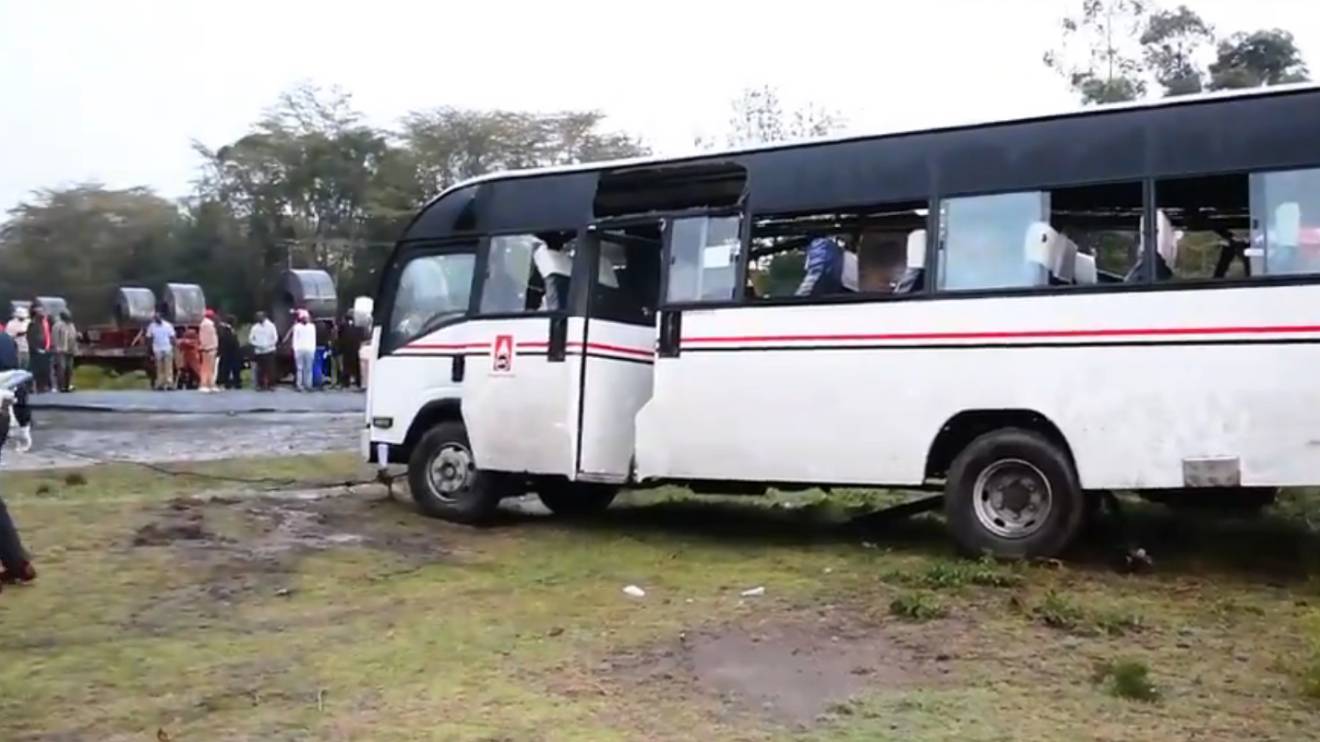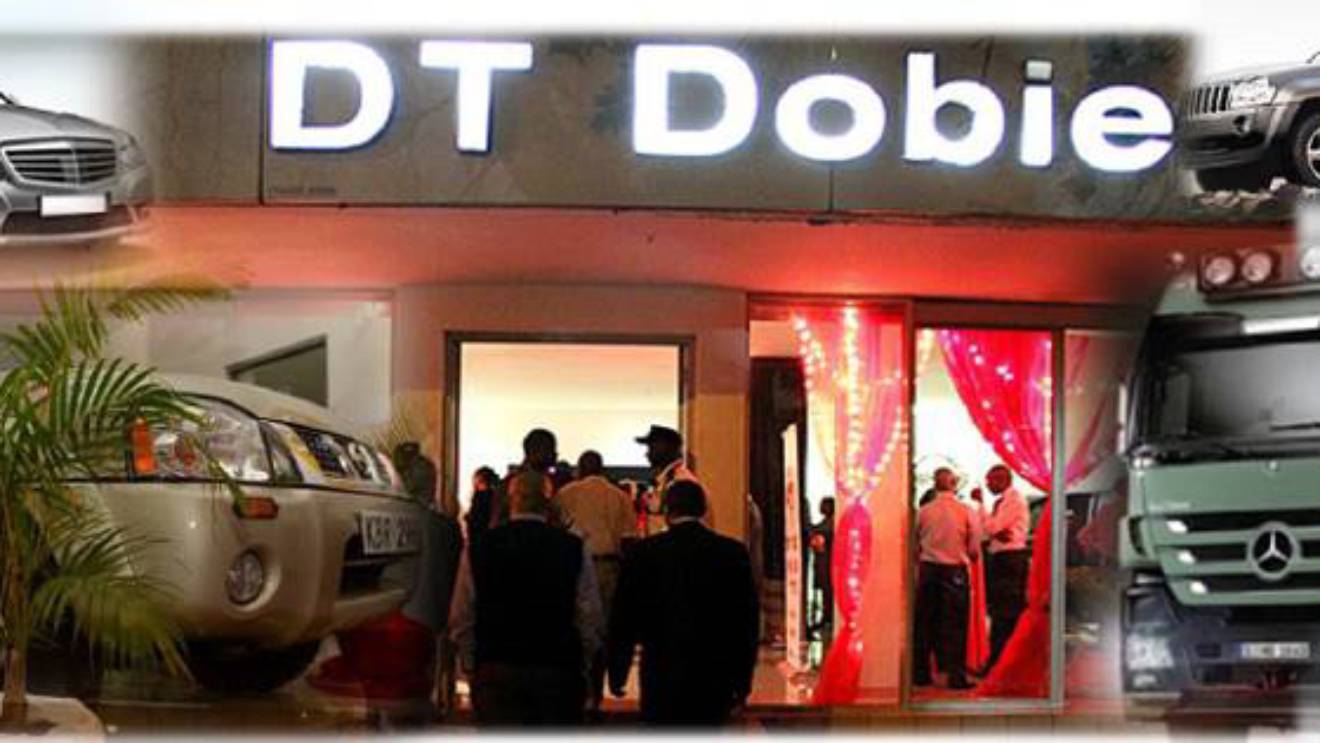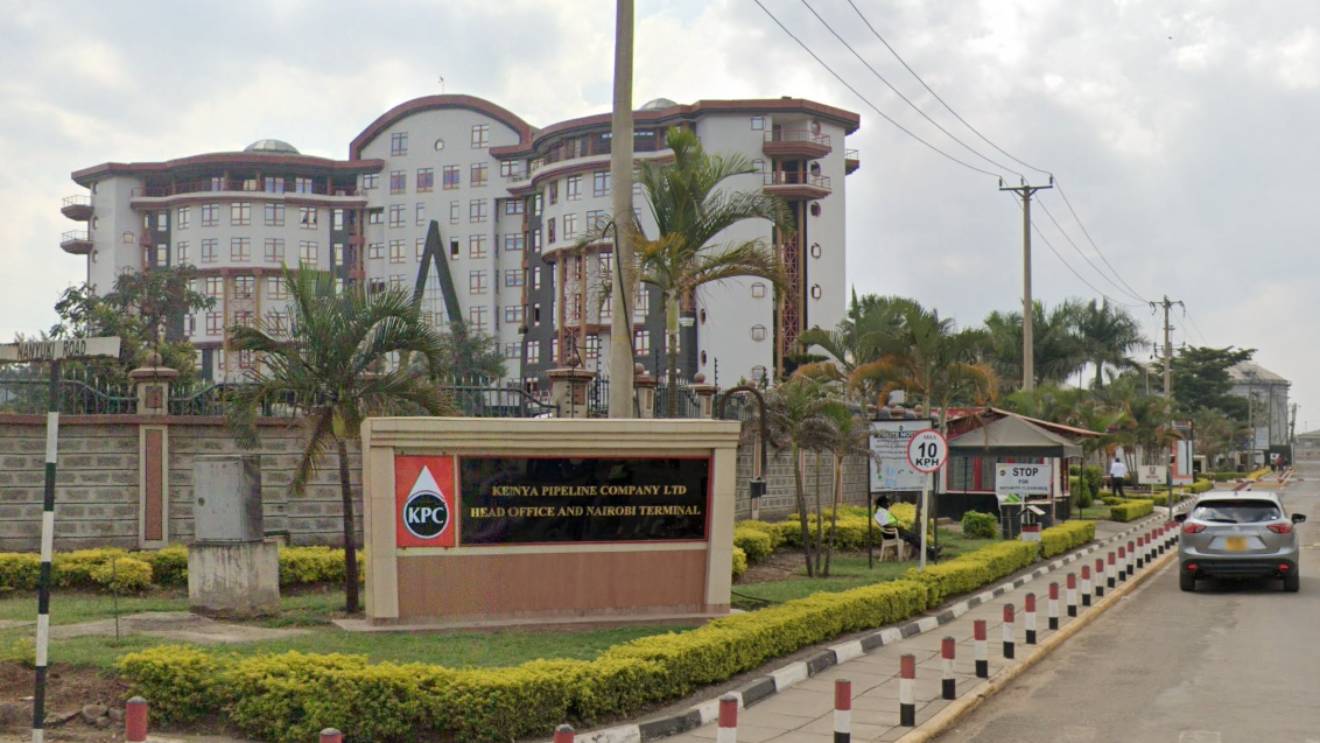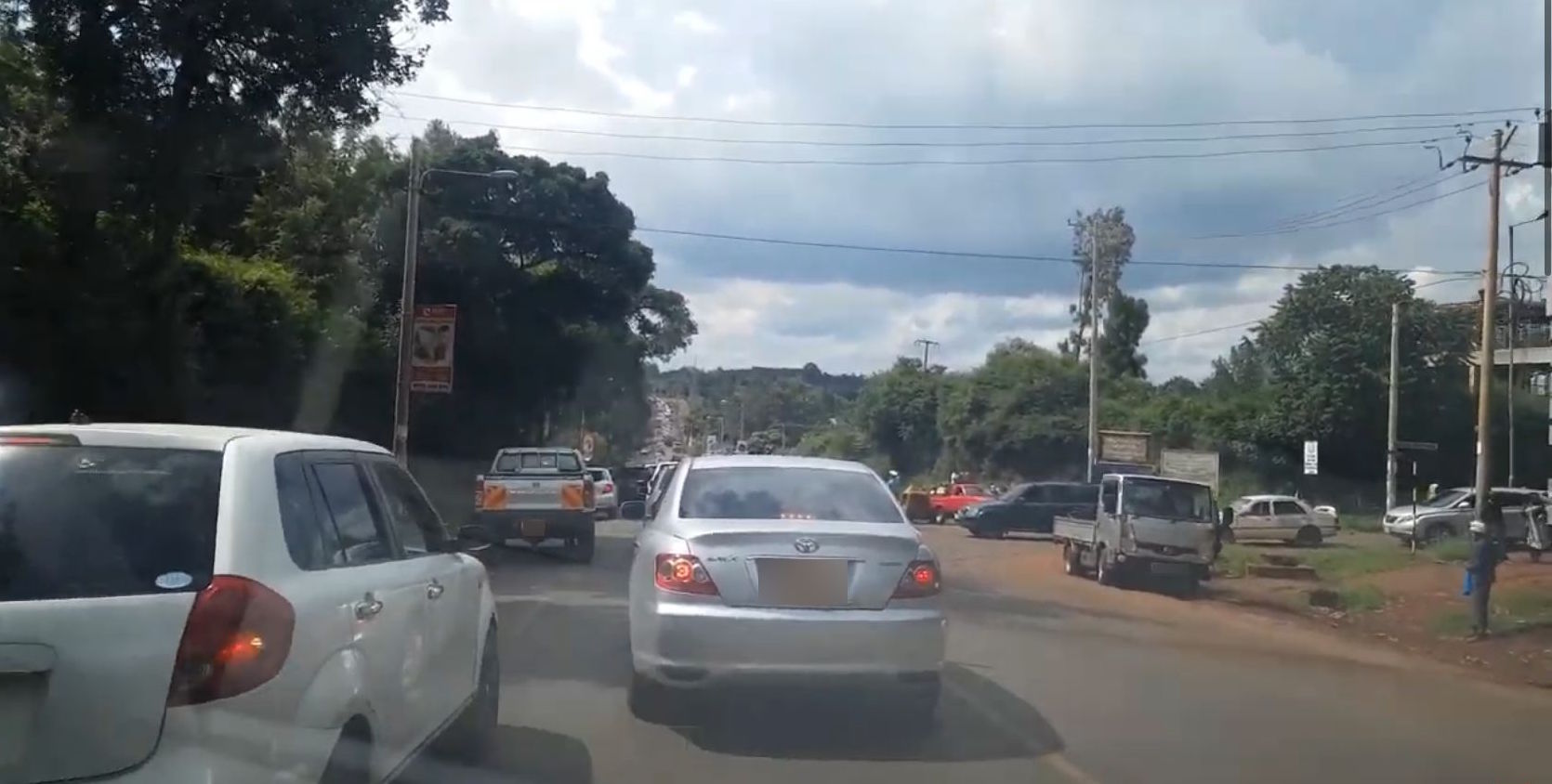A looming crisis is unfolding in the East African region as a regional watchdog raises the alarm over potentially deadly airbags in millions of vehicles circulating within its borders.
The Common Market for Eastern and Southern Africa (COMESA) Competition Commission has issued a stark warning to consumers about the dangers posed by faulty airbags manufactured by the now-defunct Takata Corporation.
The commission has highlighted that numerous popular vehicle brands, including Toyota, Nissan, Honda, Mazda, and Ford, produced between 2002 and 2015, are implicated in the global recall.
These vehicles, unsuspecting carriers of danger, have been implicated in a horrifying global incident tally: 22 fatalities and over 180 injuries.
“The Commission therefore wishes to alert consumers in the Comesa region of the ongoing developments regarding the Takata airbags, for their information, since there is a high importation of used cars in the region,” the watchdog stated.
Read More
The urgency of the situation is underscored by a recent “Do Not Drive” warning issued by the United States National Highway Traffic Safety Administration in May, targeting owners of 11 vehicle makes, including Pontiac, Acura, BMW, Chrysler, Infiniti, and Dodge.
The warning cited grave safety concerns arising from the malfunctioning airbags.
The scale of the recall is unprecedented, with over 100 million airbags affected, forcing Takata into bankruptcy.
The problem is particularly acute in East Africa, a region heavily reliant on the import of used vehicles, primarily from Japan.
Kenya, for example, saw over 62,000 second-hand cars enter its borders last year alone.
With such a high volume of imported vehicles, the potential for disaster is alarming.
The Comesa Competition Commission’s warning serves as a critical wake-up call.
It underscores the imperative for stringent vehicle inspections and consumer awareness to mitigate the risks associated with these potentially lethal airbags.
As the situation unfolds, the region faces a formidable challenge in safeguarding its motorists from this silent threat.

